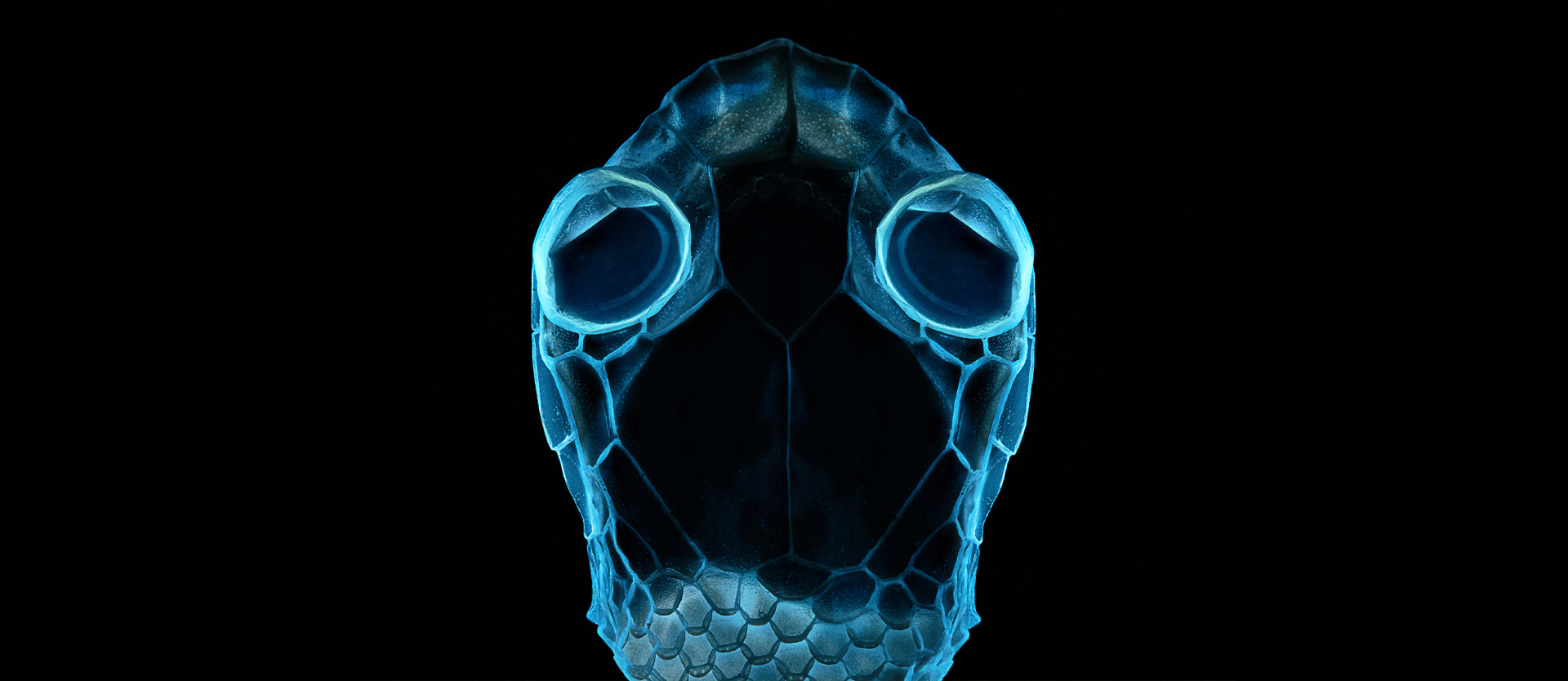
Under ultraviolet light

With this new annual competition, the RPS hopes to bring a focus to women in science and photography. Women photographers of all ages and backgrounds were invited to capture the world around them. Topics ranged from medical research to marine biology and agriculture, to explorations of global food chains or creepy-crawly habitats. Capture techniques ranged from lifelike cyanotypes to microscope photography. The entries exemplified the range of photographic talent that exists at the intersection of art and science, according to the competition's judges.

Margaret LeJeune was named RPS Science Photographer of the Year 2023 for her image "Watershed Triptych."
Margaret LeJeune was named RPS Science Photographer of the Year 2023 for her image "Watershed Triptych." The "Watershed Triptych" imaging technique uses light from bioluminescent dinoflagellates to create maps of watersheds from the United States Geological Survey's Hydromap project. Dinoflagellates are single-celled organisms that cause marine luminescence. The glow is a response to mechanical stimulation. In nature, this is a deformation of the cell membrane caused by shear forces. Highly agitated water, such as breaking waves or fast swimming fish can trigger such stimulation.
Dinoflagellates are also among the marine organisms that cause red algal blooms. The algal blooms, which are actually harmful, sometimes occur naturally, but have increased over the past 30 years as increasingly powerful storms flood factory farms and excessive nutrients from livestock farm overflows enter waterways. The three maps show the three largest watersheds in the United States and the drainage areas where algae blooms were found.

Lisa Röpke, a doctoral student at the Leibniz Center for Tropical Marine Research (ZMT) in Bremen, also made it to the finalists with an image of tiny coral colonizers.
Lisa Röpke, a doctoral student at the Leibniz Center for Tropical Marine Research (ZMT) in Bremen, also made it to the finalists with an image of tiny coral colonizers. Röpke took the picture under a microscope with UV light. The photo shows coral larvae that have settled on tiny platelets. The platelets are made of degradable bioplastics that were 3D printed. These polylactic acid plastics are derived from renewable and natural raw materials - in this case fermented plant starch - and can be degraded in nature. The photo was taken during a series of experiments to study settlement, growth and ultimately survival of young corals on novel antifouling coatings. The larvae would be difficult to see with the naked eye because they are only about 0.5 mm in size."
More images can be admired here:












